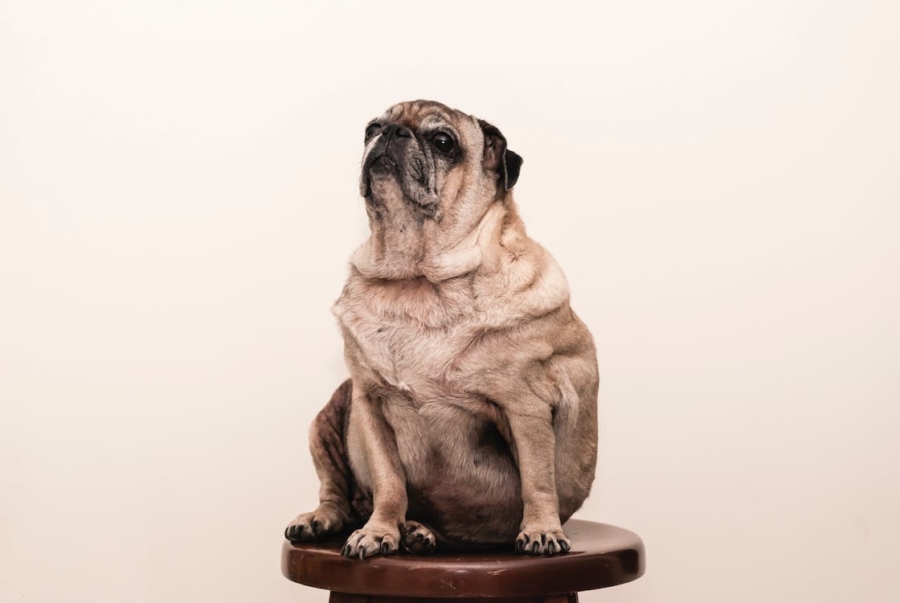We all know that dogs come in various shapes and sizes, but did you know that their skin color can also vary? This is because dogs can develop hyperpigmentation, an increase in the production of melanin – the pigment that gives skin its color. This can cause dogs’ skin to become darker or lighter than normal.
Sometimes, it can even lead to blotching or patches of darker skin. While hyperpigmentation isn’t normally a serious condition. Often it can be eliminated by using PawPurity Intensive Nourishing Shampoo.
Hyperpigmentation And Its Causes In Dogs
Hyperpigmentation is a common condition that increases the pigmentation of the skin. In dogs, it can be caused by several factors, including genetics, hormones, and injuries.
- The most common type of hyperpigmentation is known as post-
- Hyperpigmentation, which occurs when the skin is damaged or inflamed. This can result from acne, sunburn, or other forms of irritation.
- Genetics can also play a role in hyperpigmentation, as some dogs are born with more pigment in their skin than others.
- Hormonal imbalances can also cause hyperpigmentation, particularly during pregnancy or adolescence. In some cases, hyperpigmentation may also be caused by certain medications or medical conditions.
The environment, while not scientifically proven, also may cause hyperpigmentation.
After a year of living on the golf course, my dog Lola developed a bad case of hyperpigmentation. It didn’t seem to bother her, but it was worrisome for me. However, once I relocated, the discolored skin returned to it’s normal pink color. I concluded that the pesticidal spray used on the golf course was the cause.
Lisa Porter, dog lover & owner
Treatment for hyperpigmentation will vary depending on the underlying cause. For most dogs, treatment is not necessary, as the condition is not painful or harmful. However, if the hyperpigmentation is severe or cosmetically displeasing, several treatments can help to lessen the pigmentation. These include laser therapy, chemical peels, and topical treatments.
Different Types Of Hyperpigmentation And Symptoms
- Melanism
The most common type is called melanism, which occurs when there is an overproduction of the pigment melanin. According to UC Davis Veterinary Medicine, this can cause the dog’s coat to appear very dark or black.
- Leukoderma
Another type of hyperpigmentation is called leukoderma, which is characterized by white patches of skin. A lack of pigment or damage to the pigmented cells can cause this. According to BMC Veterinary Research, Leukoderma is a form of auto-immune disease in dogs that has gained a lot of attention lately due to its complicated nature. The disease attacks the melanocytes in the body of your puppy.
Symptoms of hyperpigmentation can vary depending on the type and severity but may include changes in coat color, patchy hair loss, and excessive scratching or licking.
How To Treat Hyperpigmentation In Dogs
Sunlight Exposure:
One of the simplest and most effective treatments for hyperpigmentation is exposure to sunlight. UV rays help to break down the pigmentation in the skin, so spending some time outdoors each day can gradually lighten the affected areas.
Topical Treatments:
You can also try using a natural shampoo or cream, which can help to fade the pigmentation over time. PawPurity Intensive Nourishing Shampoo has antiseptic and anti-inflammatory properties, which are effective in eliminating hyperpigmentation in dogs and puppies. It’s an olive-oil base with 26 plants including aloe vera, nettle, mullein extract, rosemary extract and, colloidal silver. It has a mild lemongrass and frankincense scent. Click here for a full list of ingredients.
Laser Therapy
If your dog’s hyperpigmentation is severe or other methods haven’t worked, your veterinarian may recommend a course of laser therapy. This treatment uses concentrated beams of light to break down the pigmented cells and can be very effective at lightening the coat. You can help your dog to achieve a healthier, more even-colored coat with the right treatment.
Some Common Myths
- One common myth is that all hyperpigmented dogs are unhealthy. This simply is not true. While it is true that some health conditions can cause hyperpigmentation, there are many healthy dogs with hyperpigmented coats.
- Another common myth is that all hyperpigmented dogs are black. Again, this is not true. Many other coat colors can be affected by hyperpigmentation, including brown, red, and white.
- Finally, some people believe that all hyperpigmented dogs have the same level of pigment in their coats. However, this is also not true. The pigment in a dog’s coat can vary greatly from one dog to another.











